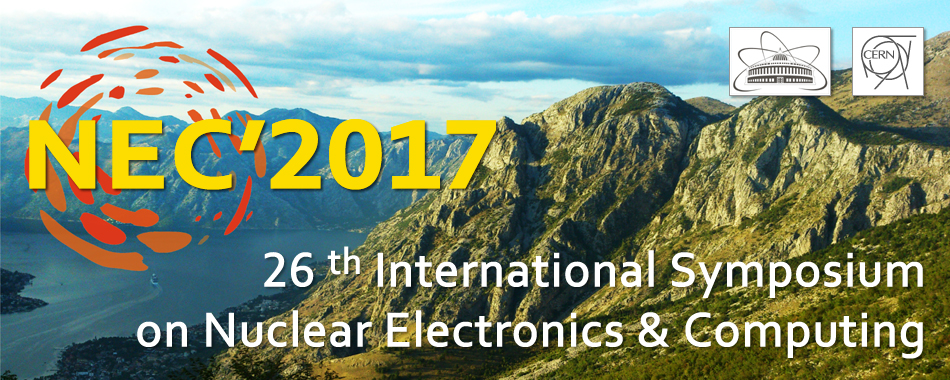Speaker
Dr
Jack Wells
(Oak Ridge National Laboratory)
Description
Over its many-decade history, nuclear and particle physics research has been a driver for advances in high-performance computing (HPC) and has come to view HPC as an essential scientific capability. Indeed, the dawn of the twenty-first century has witnessed the widespread adoption of HPC as an essential tool in the modeling and simulation of complex scientific phenomena. And today, in 2017, many research institutions consider excellence in modeling and simulation via HPC, and associated capabilities in data analysis, to be essential in overcoming forefront problems in science and society. To this end, the United States (U.S.) Department of Energy’s (DOE) planned deployment of the Summit supercomputer at the Oak Ridge Leadership Computing Facility (OLCF) in the 2018 timeframe will increase the computing capability available within the U.S. by an order of magnitude, for a performance of up to 200 petaflops. The system will result in a 5-10x increase in scientific application capability or performance, compared to today’s Titan supercomputer at OLCF. These technological advances and the increase in computing capability enable scientists to pursue ever more challenging research questions that in turn drive the need even more powerful systems.
Looking forward toward the age of exascale computing, the DOE is engaged in an ambitious enterprise, integrating the Exascale Computing Project (ECP) (exascaleproject.org/) and the computing facilities at major DOE Laboratories, such as Oak Ridge National Laboratory (ORNL), to procure and deploy exascale supercomputers in the 2021 to 2023 time frame to deliver 50x to 100x today’s capabilities. Supporting this effort is a wide range of research-community-engagement activities, including exascale ecosystem requirements workshops sponsored by the DOE Office of Science held over the past two years. And a total of six topical and one cross-cut workshop reports are being finalized and published, (exascaleage.org). These combined efforts must address the key technical challenges to reach exascale computing capabilities: massive parallelism, memory and storage efficiencies, reliability, and energy consumption. Solutions to these challenges are needed in a form consistent highproductivity programming and user environments.
Focusing on experiences within DOE’s Leadership Computing Facility Program at ORNL, this presentation will highlight the goals, current status, and next steps for DOE’s Summit project. I will highlight requirements from DOE’s Office of Science nuclear and particle physics users for integrated compute- and data-intensive capabilities that are likely to drive new operational paradigms within HPC centers of the future, such as data-intensive machine-learning applications, and the integration of high-throughput computing and high-performance computing workloads.

